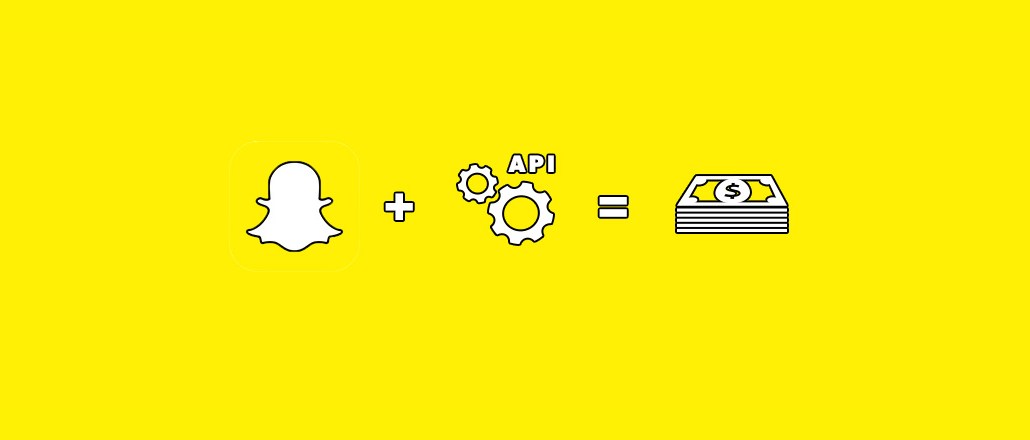Register by Jan 13 to save on passes and connect with marketers from Uber, Bose and more

Pricing has been a persistent gripe from advertisers around Snapchat. Now, with a new ad platform that allows for more experimentation, prices are starting to look more reasonable, according to sources.
Snapchat’s ads API — application programming interface — could cost advertisers $100,000 at minimum, which is significantly lower than Instagram’s minimum of $500,000 when it first opened the platform to ads, according to sources familiar with Snapchat.
Snapchat started selling ads in late 2014, and early products — one that went to every user and disappeared within 24 hours — cost about $750,000. In 2015, Snapchat brought down the price for video ads to 2 cents a view, or $20 for 1,000 views. This year, prices were back up with premium animated lenses that could cost millions depending on how many an advertiser bought in a given day, and interactive ads, where users can swipe up for more content, cost about $55 for 1,000 views.
Advertisers had been concerned about the high price of interactive ads, and they have since come down, too, an advertiser said.
“Snapchat has heard concerns from brands that price points are really high. But that’s the strategy: They’re making a statement their inventory is worth such a high premium,” said one ad source close to Snapchat. “They’re on the horizon of offering lower-priced options that would allow more brands to get involved.”
Snapchat declined to comment.
With its ads API that launched this month, Snapchat can serve ads through third-party technology companies, which plug into the app and deliver ads for their advertising clients. The API automates the process of serving ads, targeting them to specific groups and measuring them, and it gives brands more flexibility on how much they can spend.
The automated platform means more ads will be shown now that it’s open to partners like 4C, SocialCode and BrandNewtorks, which each have a lineup of marketers looking to buy into Snapchat. The ad software is a sign that Snapchat is moving from an experimental platform to one that can more fully handle advertisers’ needs, and one of those needs is the ability to sprinkle money into it without too high a commitment.
“Snapchat is about to go gangbusters and scale to a billion in revenue so quickly with this API. They are getting rid of high minimums so brands can experiment in ways they haven’t been able to yet,” said an agency executive.The high prices of platforms are typically meant to deter advertisers from flooding the network.
The lower barrier to buying helps advertisers test ads on a platform and refine their approach by discovering what works and what doesn’t. Advertisers already appear to be getting the hang of Snapchat with a new kind of creative that is developed specifically for the app, according to Chris Gomersall, CEO of Atomized, a marketing agency. Snapchat advertisers are starting to blend into the platform with videos that borrow the look and feel of everyday-user content.
M&Ms filmed a recent spot that played amid organic Snaps, and it looked like any other regular user’s video, if not for the “Ad” label.
“Every platform should have deliberate, thought-out creative that goes on it. The stuff that looks like Snapchat is going to do better,” Gomersall said.
More in Media

Media Briefing: Here’s what media execs are prioritizing in 2026
Media executives enter 2026 weathered by disruption, but refocused on AI revenue, brand strength and video and creator opportunities.

Why publishers are building their own creator networks
Publishers are forming creator networks to regain control, combat traffic declines, and reach audiences shifting toward influencers.

The accidental guardian: How Cloudflare’s Matthew Prince became publishing’s unexpected defender
Cloudflare’s day job is fending off botnets and nation-state cyberattacks, not debating how Google and other AI firms crawl publisher sites.





